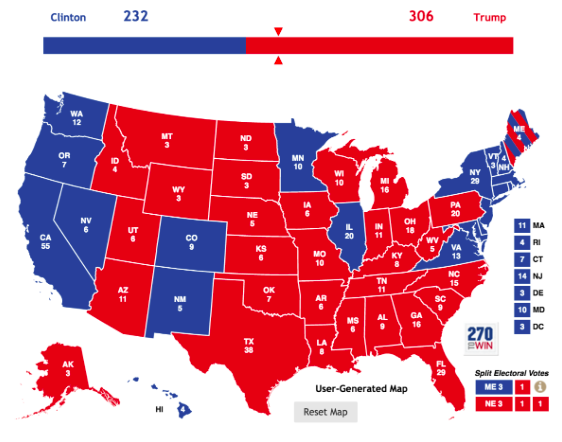THE ANCHORAGE DAILY PLANET
From the land of dumb ideas come a really dumb idea.
Frothing House Democrats stung by 2016’s presidential defeat and yearning to turn this nation into a pure democracy – something loathed and feared by the country’s Founders – have introduced legislation to kill off the Electoral College.
Nancy Pelosi had hardly stumbled through her speaker acceptance speech when Rep. Steve Cohen, D-Tenn., jumped up to offer a bill that would be a first step toward sinking this country into tyranny.
The Electoral College, ensconced in the U.S. Constitution, primarily was meant to protect the political minority’s rights and it hands states the power to elect presidents. Nowadays, it means protecting most of the nation’s states – including Alaska – from the hysterical excesses and whims of a few states with huge populations clustered in cities.
If the Electoral College were eliminated by eventual ratification of a constitutional amendment, as would be required, voters in Alaska and other states with small populations could just stay home on election day. The Founders designed the college to force presidential candidates to appeal to a wider swath of states to reach the magic 270 votes needed to win.

Just do away with the winner take all.
What would you suggest? The top vote getter be President and second get Vice?
No thank you. States the elect a Governor and Lt. Governor separately are regularly at odds with each other.
Because of state-by-state winner-take-all laws for Electoral College votes, not mentioned, much less endorsed, in the Constitution . . .
Our presidential selection system cuts out 4 of every 5 people living in America from the decision. Presidential elections shrink the “sphere” (to use Madison’s coinage) of public debate to only a few thousand swing voters in a few states.
Wisconsin Gov. Scott Walker in 2015 was correct when he said
“The nation as a whole is not going to elect the next president,”
“The presidential election will not be decided by all states, but rather just 12 of them.
Candidates have no reason to poll, visit, advertise, organize, campaign, or care about the voter concerns in the dozens of states where they are safely ahead or hopelessly behind.
With the end of the primaries, without the National Popular Vote bill in effect, the political relevance of 70% of all Americans was finished for the presidential election.
In the 2016 general election campaign
Over half (57%) of the campaign events were held in just 4 states (Florida, North Carolina, Pennsylvania, and Ohio).
Virtually all (94%) of the campaign events were in just 12 states (containing only 30% of the country’s population).
In the 2012 general election campaign
38 states (including 24 of the 27 smallest states) had no campaign events, and minuscule or no spending for TV ads.
More than 99% of presidential campaign attention (ad spending and visits) was invested on voters in just the only ten competitive states.
Two-thirds (176 of 253) of the general-election campaign events, and a similar fraction of campaign expenditures, were in just four states (Ohio, Florida, Virginia, and Iowa).
In the 2008 campaign, candidates concentrated over 2/3rds of their campaign events and ad money in just 6 states, and 98% in just 15 states. Over half (57%) of the events were in just 4 states (OH, FL, PA, and VA).
In 2004, candidates concentrated over 2/3rds of their money and campaign visits in 5 states; over 80% in 9 states; and over 99% of their money in 16 states.